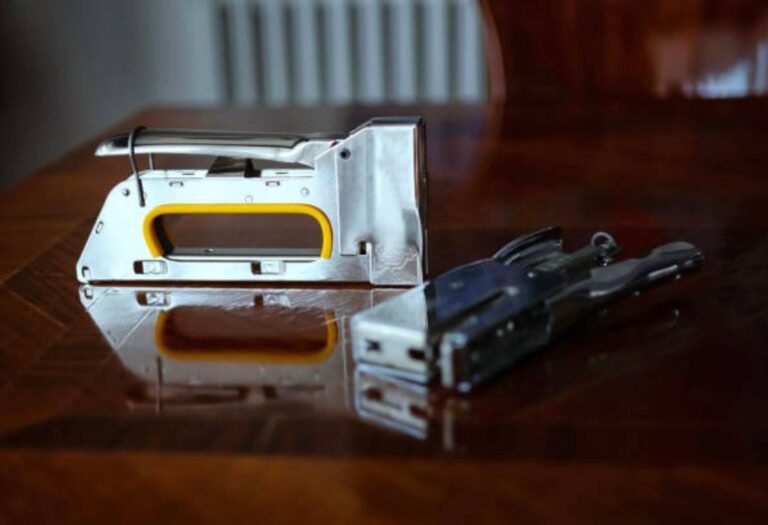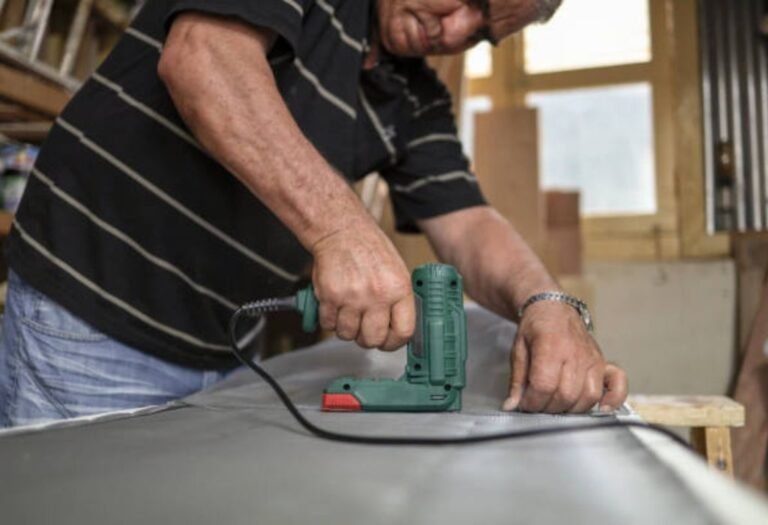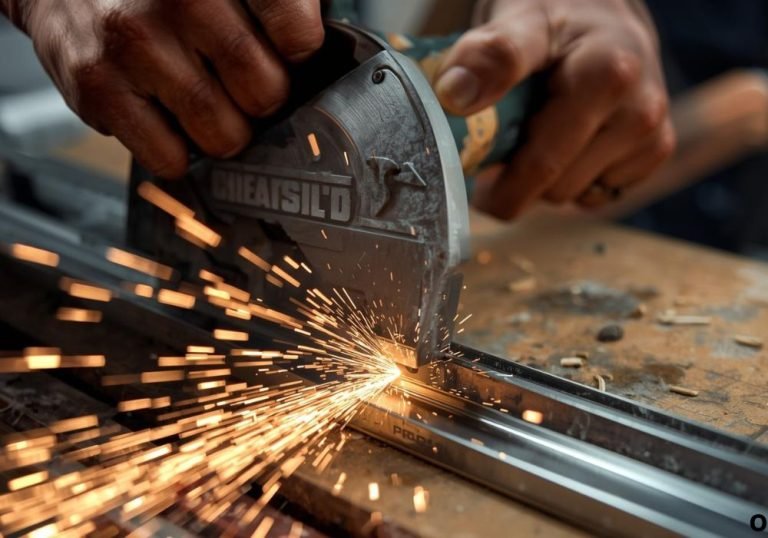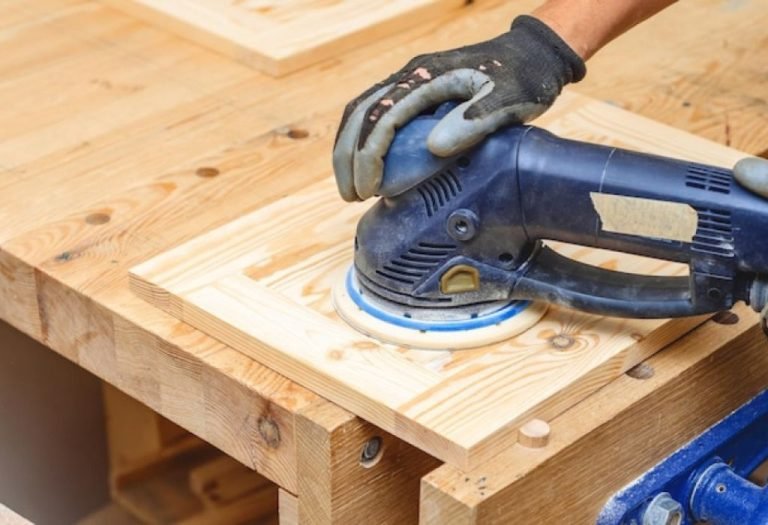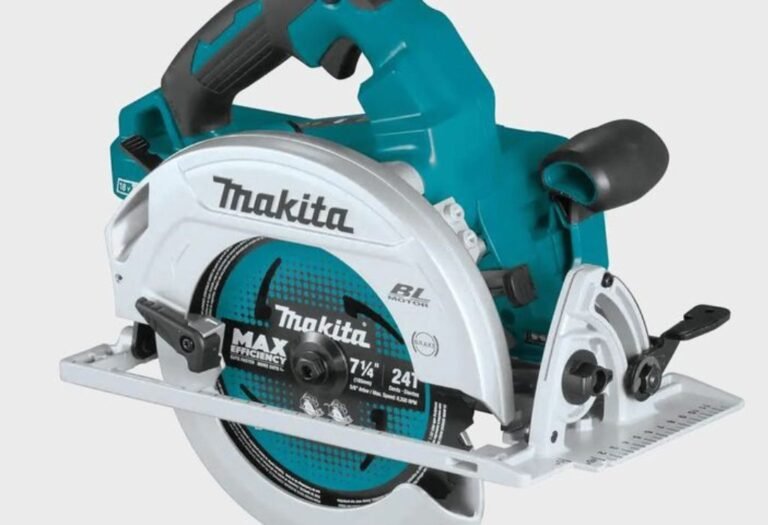How to Find the Center of a Stud? Complete 2025 Guide
A homeowner standing with a heavy television mount in one hand and a drill in the other often feels uncertain about whether they are anchoring correctly into the wall.
The risk of screws pulling out and expensive electronics crashing down is real when the screws miss the structural support inside the wall.
Studs provide the strength needed to hold heavy objects, but hitting only the edge of a stud can lead to splitting wood and reduced support.
Many people try guessing or tapping on walls, only to end up with unnecessary holes that weaken drywall.
According to the Consumer Product Safety Commission, thousands of injuries occur each year from falling televisions and wall-mounted shelves, often because fasteners were not secured properly into stud centers.
The center of a stud is the safest and strongest place to drill, providing maximum stability for anything mounted on walls.
Finding that exact center requires the right methods and tools, especially in modern homes with varied stud spacing and electrical wiring inside walls.
This complete 2025 guide explains how to locate, confirm, and safely drill into the center of a stud for secure and lasting results.
Why the Center of a Stud Matters
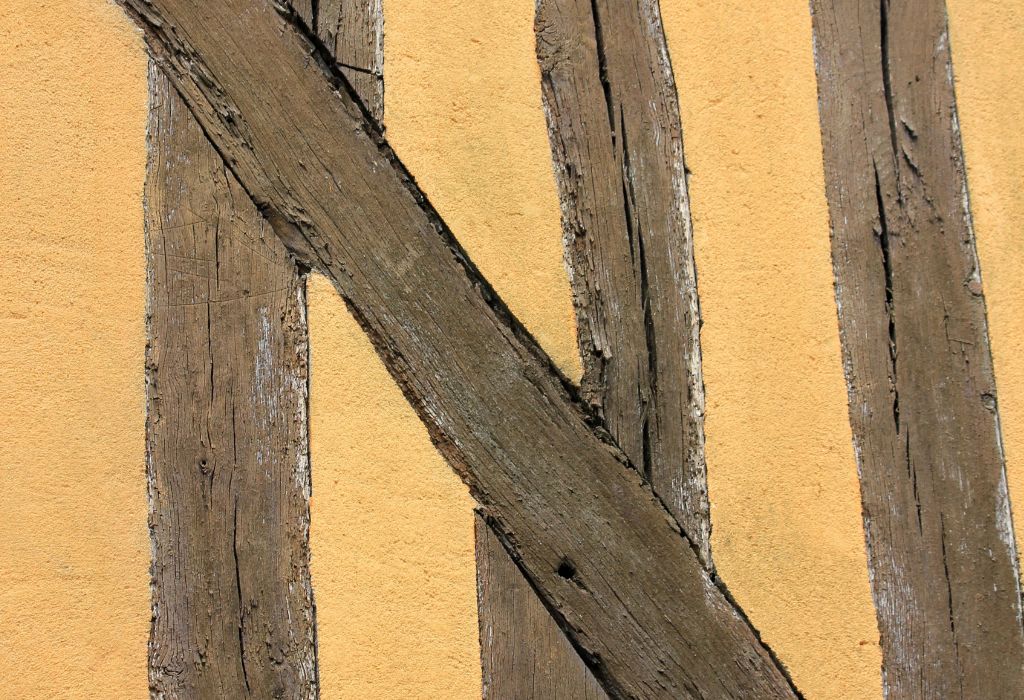
Studs form the framework inside walls and are designed to carry weight, but screws must be anchored into their center for maximum strength. When screws or nails go into edges, they risk splitting the wood and losing grip.
Anchoring into the center distributes force evenly and ensures mounts hold securely. This is especially important for televisions, cabinets, large mirrors, and heavy shelves.
Mounting on stud edges may seem stable at first, but over time, pressure and vibration can loosen the fasteners. The result is sagging shelves, damaged drywall, or dangerous accidents.
By always aiming for the stud’s center, homeowners avoid costly mistakes and keep walls structurally sound. Safety and durability depend on accuracy.
Why is stud center important?
It ensures maximum strength and support.
Can screws hold on stud edges?
Yes, but they can split wood and fail.
Does center drilling prevent splitting?
Yes, it avoids weakening the stud.
Is it necessary for all mounts?
Yes, especially heavy-duty mounts.
What happens if you miss the center?
Anchors loosen, and mounts may fail.
Using a Stud Finder to Locate the Center
The most accurate way to locate a stud’s center is with an electronic stud finder. These devices detect density changes in the wall and help identify stud edges.
By sliding the stud finder across the wall, you can mark both sides of the stud. Once both edges are marked, the midpoint between them is the exact center.
Some advanced stud finders feature a center-detection mode that automatically highlights the stud’s middle. This makes the process faster and more foolproof.
Magnetic stud finders can also help, but they detect screws and nails rather than wood centers. They work, but they are less precise for locating true centers.
Do all stud finders find the center?
Electronic ones usually do.
How do electronic stud finders work?
They detect changes in wall density.
Are magnetic stud finders accurate?
Not always, since they locate fasteners.
Do stud finders detect wires too?
Yes, advanced ones can.
What’s the best stud finder for accuracy?
Electronic models with center detection.
Manual Methods Without a Stud Finder
Not everyone owns a stud finder, but studs can still be found using manual methods. One of the oldest methods is knocking on the wall and listening for changes in sound.
A hollow sound usually means no stud, while a solid sound indicates stud presence. However, this method requires practice and is not always accurate.
Another method is measuring from a corner, since most studs are spaced 16 or 24 inches apart. This gives a good starting point to test for a stud.
You can also locate outlets and switches, which are mounted to studs. Tracing upward or downward from them helps narrow the stud location.
Can I find studs without a finder?
Yes, with manual methods.
How accurate is knocking?
Not very, but it gives clues.
Are studs always 16 inches apart?
Often, but sometimes 24 inches.
Do outlets help locate studs?
Yes, they are attached to studs.
Is drilling a test hole safe?
Yes, if done carefully with a small bit.
Confirming Stud Edges and Marking the Center
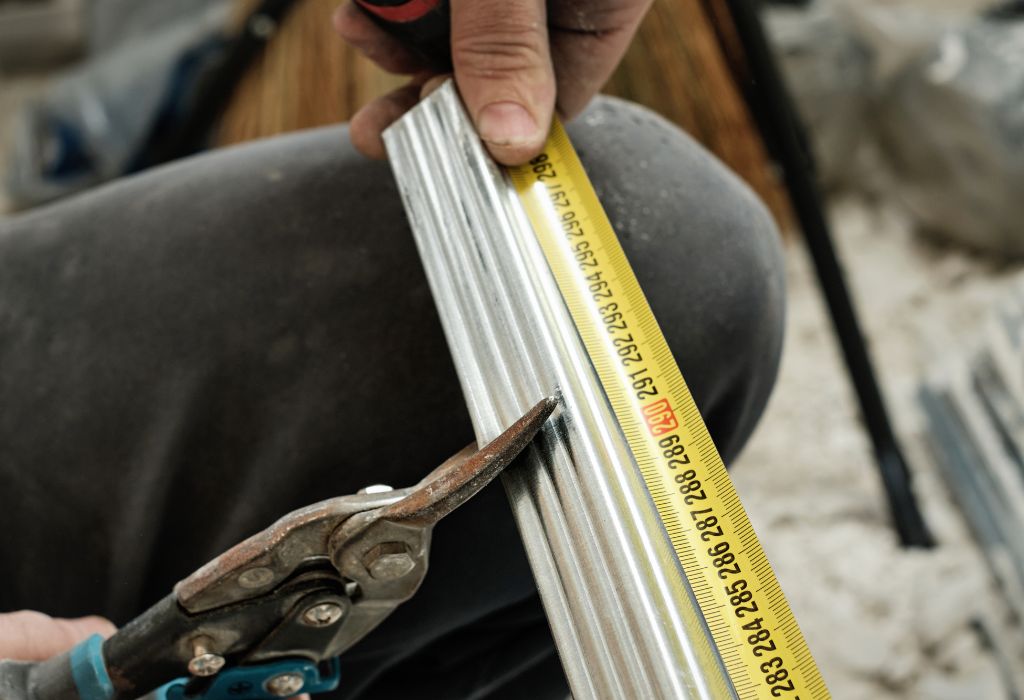
After locating a stud, confirming its edges is critical before drilling. Place small test nails or use a thin drill bit to feel resistance at both sides.
Once both edges are found, measure the distance between them. The exact midpoint is the stud’s center, where fasteners should be placed.
Marking with a pencil helps ensure accuracy during mounting. Always double-check before committing to a larger drill hole.
Taking time to confirm the center prevents damage to both the stud and the mounted object. Precision makes a significant difference in safety.
How do I confirm stud edges?
By probing both sides with a small nail.
Can I use a small nail for testing?
Yes, it gives tactile feedback.
Should I mark studs permanently?
No, use light pencil marks.
Do edges feel softer than centers?
Yes, edges offer less resistance.
How to avoid misalignment?
Always measure and confirm twice.
Tools and Accessories That Help
Stud finders remain the most effective tool, but several accessories improve accuracy. A measuring tape ensures correct stud spacing measurements.
A level helps align mounts once the stud center is found. Pilot drill bits allow for safe test holes without major wall damage.
Anchors and screws rated for heavy loads are essential when mounting televisions or cabinets. They ensure that the weight is distributed securely.
Other tools like wire detectors add safety by identifying hidden electrical lines. This prevents dangerous drilling mistakes.
What tools make stud finding easier?
Stud finders, levels, and measuring tapes.
Do I need a level?
Yes, for proper alignment.
Are pilot holes necessary?
Yes, for accuracy and safety.
What screws are best for studs?
Heavy-duty wood screws or lag bolts.
Do heavy mounts need anchors too?
Yes, for added stability.
Common Mistakes to Avoid
A frequent mistake is relying on a single edge rather than confirming both sides of the stud. This often results in missing the center.
Another error is assuming that studs are perfectly spaced everywhere. Older homes and remodels may have irregular framing.
Drilling without checking for wires or pipes hidden behind drywall can lead to accidents. Safety checks are always necessary before drilling.
Finally, using weak anchors or the wrong screws reduces holding strength. The right hardware makes a big difference in long-term stability.
What is the biggest mistake?
Not confirming both stud edges.
Do studs ever vary in spacing?
Yes, especially in older homes.
Can you hit pipes by mistake?
Yes, without proper checking.
Do weak anchors fail often?
Yes, under heavy loads.
Is guessing stud location safe?
No, it risks wall and tool damage.
Safety Tips for Drilling Into Studs
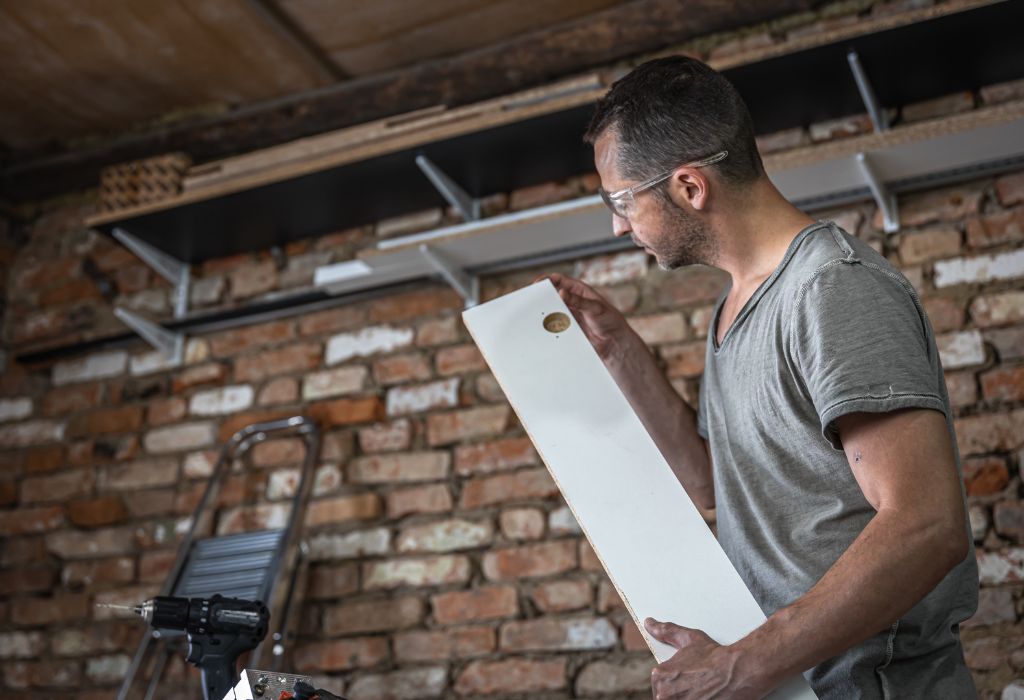
Safety should always come first when drilling into walls. Electronic stud finders with live wire detection are valuable because they reduce the risk of hitting wires.
Plumbing lines are also hidden behind walls, so avoid drilling in areas where pipes are likely present. Always proceed cautiously.
Use the correct drill bit size for your screws or bolts. Oversized holes reduce strength and stability, while undersized holes split wood.
Wearing safety glasses and gloves prevents injury from dust, splinters, or slipping tools. Taking precautions ensures a smooth project.
Can stud finders detect wires?
Yes, advanced models do.
How do I avoid plumbing lines?
Know the layout and avoid pipe areas.
What drill bit should I use?
Match it to the screw size.
Do I need protective gear?
Yes, safety glasses are essential.
Is it safe to drill deep into studs?
Yes, but avoid over-penetration.
Conclusion
Finding the center of a stud is the key to safely mounting heavy objects on walls. Anchoring directly into the middle provides the strength needed to keep shelves, TVs, and cabinets secure.
The most reliable method is using an electronic stud finder and confirming both edges before marking the center. Manual methods also work but require extra care.
Avoiding common mistakes, using the right tools, and following safety tips prevents accidents and ensures long-lasting stability.
Final advice: always double-check your measurements, confirm the stud’s center, and drill with confidence knowing your mounts are secure.

I’m Michael R. Turner, the founder, lead writer, and passionate DIY enthusiast behind 101diytools.com. With years of hands-on experience in home improvement and power tools, I built this platform to share practical tips, in-depth guides, and honest reviews to help DIYers of all skill levels tackle projects with confidence and the right tools.


